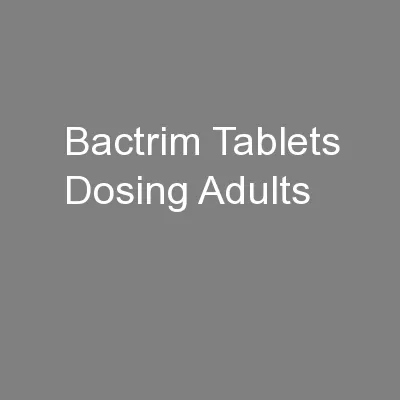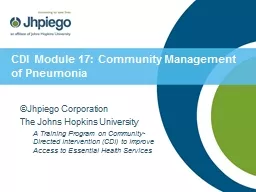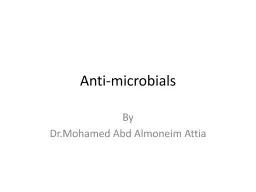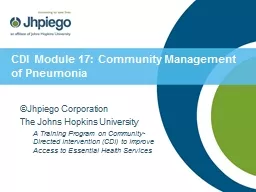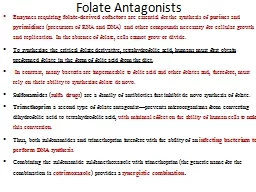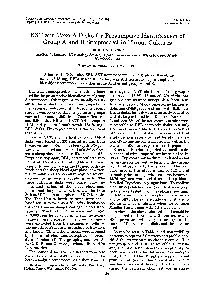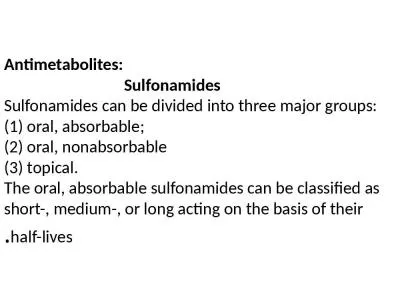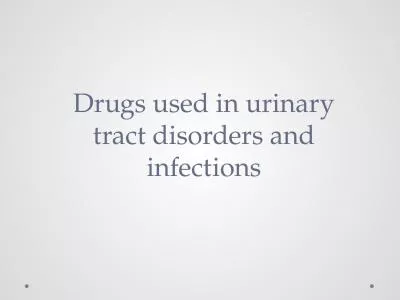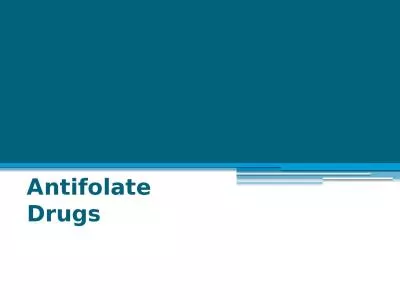PPT-Effects of daily trimethoprim-
Author : lindy-dunigan | Published Date : 2018-03-07
sulfamethoxazole prophylaxis on long term clinical impact of malaria infection among HIV infected adults on successful ART in Blantyre Malawi Felix Mkandawire
Presentation Embed Code
Download Presentation
Download Presentation The PPT/PDF document "Effects of daily trimethoprim-" is the property of its rightful owner. Permission is granted to download and print the materials on this website for personal, non-commercial use only, and to display it on your personal computer provided you do not modify the materials and that you retain all copyright notices contained in the materials. By downloading content from our website, you accept the terms of this agreement.
Effects of daily trimethoprim-: Transcript
Download Rules Of Document
"Effects of daily trimethoprim-"The content belongs to its owner. You may download and print it for personal use, without modification, and keep all copyright notices. By downloading, you agree to these terms.
Related Documents



